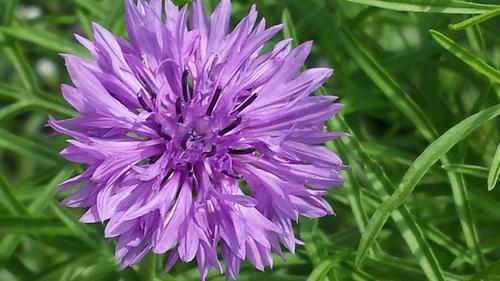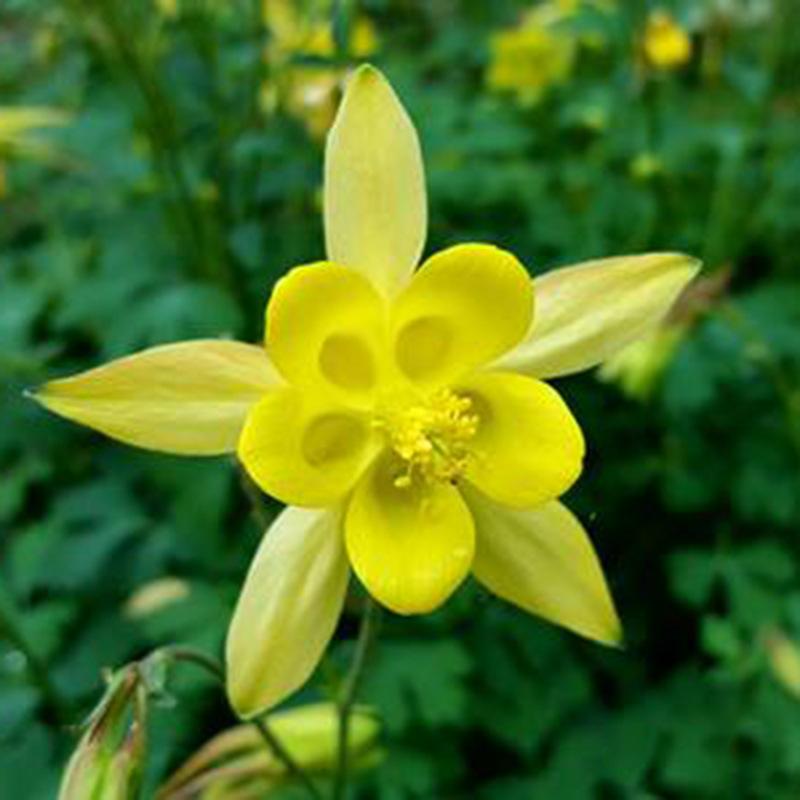Erythroxylaceae, commonly known as coca plants, has an interesting story. Indigenous tribes in South America have a long history of chewing coca leaves for their stimulant effect. In the 19th century, scientists discovered that the leaves contained an alkaloid called cocaine. This led to the development of cocaine as a medical and recreational drug.
In the early 20th century, cocaine’s addictive properties and harmful effects became apparent, leading to its classification as a controlled substance. However, coca leaves continued to be cultivated for traditional use, especially in countries like Bolivia and Peru.
Today, the cultivation of coca plants is tightly regulated due to its association with illegal drug production. However, the cultural significance of coca leaves among indigenous communities continues, and efforts are being made to explore legal and sustainable uses of this plant.
Overall, the story of Erythroxylaceae and its connection to cocaine highlights the complex interplay between traditional practices, scientific discoveries, and the social and legal implications surrounding drug use.
Picture
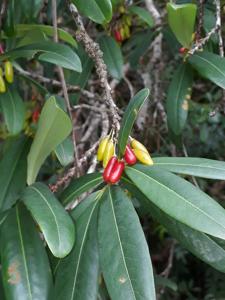
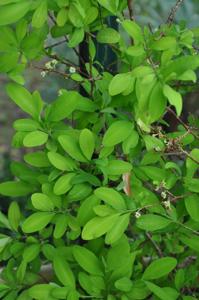
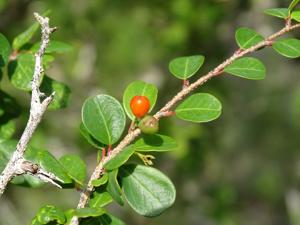
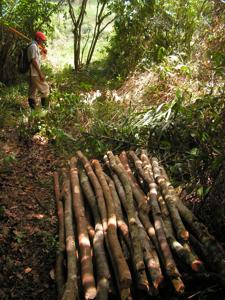
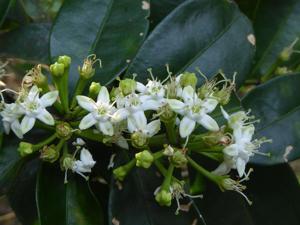
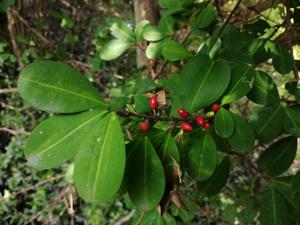
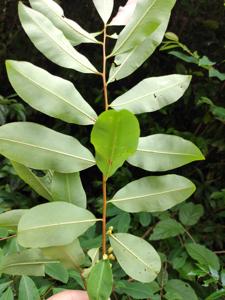
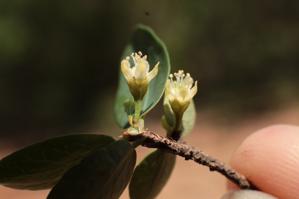
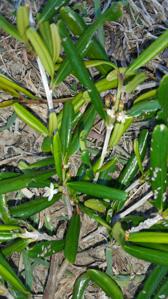
Plant some seeds now!
Short Description
Erythroxylaceae (the coca family) is a family of flowering trees and shrubs consisting of 4 genera and 271 species. The four genera are Aneulophus Benth., Erythroxylum P.Browne, Nectaropetalum Engl., and Pinacopodium Exell & Mendonça. The best-known species are the coca plants, including the species Erythroxylum coca, the source of the substance coca.


